As the busies transfer hub in southwest China, Chengdu not only offers the most frequent flights to Tibet, but also the train to Tibet. Chengdu to Lhasa train, Z322 (original train number T22/23), is the third shortest in terms of total trip duration, next to that from Xining and Lanzhou. The Chengdu-Tibet train departs every other day at 21:11 from the Chengdu Railway Station, and arrives in Lhasa at 07:41 on the third day.
Chengdu Lhasa Train Schedule
Timetable of Chengdu to Lhasa Train - No.Z322
| Station | Altitutde | Departure | Stop Time | Days | Distance | |
|---|---|---|---|---|---|---|
| Chengdu West | 485 m | -- | 21:11 | -- | Day 1 | -- |
| Guangyuan | 488 m | 02:28 | 02:38 | 10 min | Day 2 | 319 km |
| Lanzhou | 1,520 m | 08:20 | 08:40 | 20 min | Day 2 | 902 km |
| Xining | 2,200 m | 11:21 | 11:41 | 20 min | Day 2 | 1,118 km |
| Delingha | 2,980 m | 15:30 | 15:36 | 6 min | Day 2 | 1,639 km |
| Golmud | 2,780 m | 17:51 | 18:16 | 25 min | Day 2 | 1,948 km |
| Lhasa | 3,650 m | 07:41 | -- | -- | Day 3 | 3,070 km |
Timetable of Lhasa to Chengdu Train - No.Z324
| Station | Altitutde | Departure | Stop Time | Days | Distance | |
|---|---|---|---|---|---|---|
| Lhasa | 3,650 m | -- | 19:00 | -- | Day 1 | -- |
| Nagchu | 4,500 m | 22:24 | 22:30 | 6 min | Day 1 | 322 km |
| Golmud | 2,780 m | 09:02 | 09:27 | 25 min | Day 2 | 1,142 km |
| Xining | 2,200 m | 16:30 | 16:50 | 20 min | Day 2 | 1,972 km |
| Lanzhou | 1,520 m | 19:29 | 19:52 | 13 min | Day 2 | 2,188 km |
| Guangyuan | 488 m | 01:39 | 01:57 | 18 min | Day 3 | 2,771 km |
| Chengdu | 485 m | 07:03 | -- | -- | Day 3 | 3,070 km |
Please Note:
1. The timetable and schedule is just for reference. When you make early reservation, please contact us for more details.
2. If no train departs on your preferred date, you can choose to take a flight from Chengdu to Lhasa, or wait for the next day.
How to choose the route? Chengdu to Lhasa or Lhasa to Chengdu?
The train from Chengdu to Lhasa can be ridden either way, and there is very little difference in the trips, with the exception of the time of travel. When traveling from Chengdu to Lhasa, the train departs the station in Chengdu at around 21:11, and arrives in Lhasa at around 07:41 am on the third day. This means that, when you wake on the third day of travel, you are already across the Tanggula Mountains and heading for Lhasa, which allows you the chance to see the stunning landscape of the Tibetan plateau that the train passes through.
The return journey starts at around 19:00, and crosses the plateau heading north, reaching the prairies of Nagqu in the evening, from there, it heads across the mountains overnight, and when you wake, you are already heading down to Golmud and on to Xining for the trip back to Chengdu. While the train does leave early enough in the summer months to be able to see some of the plateau landscape along the route to Nagqu, in the winter months it is often already twilight as the train leaves the Lhasa Valley and heads north, leaving little to be seen out of the window by around 8:00pm except the stars.
If you are planning your Tibet tour by train, and are looking forward to seeing the awesome scenery and landscapes of northern Tibet from the train, then it is best done by taking the train from Chengdu to Lhasa, instead of the other way around, especially in the winter months.
Tips:
Try to avoid the peak season, which refers to the summer holiday from late June to Auguest, and from the end of September to October. During these period, there are many Chinese domestic tourists going to Tibet, so it is more difficult to buy one train ticket, especially from the hot gateway cities, like Beijing, Shanghai and Chengdu.
If your time is flexible, it is suggusted to avoid this period. If you can go only travel to Tibet during these months, make your reservation as early as possible.
Chengdu Lhasa Train Ticket
Soft Sleeper Train Ticket: 997.5 CNY
Hard Sleeper Train Ticket: 627.5 CNY
What’s the difference between the Soft Sleeper and the Hard Sleeper?
There are two kinds of sleeping berths on Tibet trains. For soft sleeper wagons, there are four beds, which are wider and softer than those in hard sleeper wagons, in a compartment with a door to keep a quiet environment. In a hard sleeper carriage, there are six beds in a compartment with three on each side and no doors.
For those who care about privacy and the comfort of a journey, the soft sleeper cabin is the best choice. For those who are eager to experience the real life of the locals and don’t care too much about the living situation, the hard sleeper cabin, at a cheaper price, is the best choice.
How to Book Tibet Train Ticket?
The most convenient and worry-free way to get your Chengdu Tibet train ticket is to book the ticket online with us. Specialized in Tibet train tour, we will get your ticket in time, as well as arrange the best lifetime train journey to Tibet for you.
How to Collect the Ticket?
If you book your train ticket with us, in some case, we will send the train ticket to your address in mainland China or our local staff will give the ticket to you at the railway station. In other cases, we will give you a booking number, so you can collect your ticket at the train station yourself, by showing them the booking number, you passport and Tibet travel permit.
Please arrive at your railway station at least two hours before the departure of the train, so that you can have enough time to collect your train ticket.
Get Your Tibet Travel Permit in Advance!
To collect your Tibet train ticket, you need to show the Tibet Travel Permit. Apply your Tibet travel permit and train ticket together with us, a real hassle-free Tibet train tour is one click beyond.
Apply for Tibet Permit OnlineChengdu Lhasa Train Route
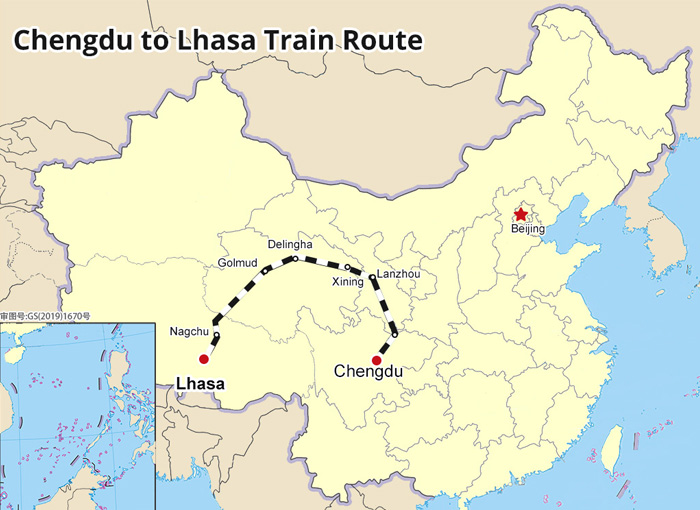
Chengdu Lhasa Train Route Map
The train from Chengdu to Lhasa is one of the most popular routes to get to the Tibetan capital along the famous Qinghai Tibet Railway, covering a distance of around 3,070 kilometers in just 34.5 hours.
Leaving Chengdu, and heading towards Lanzhou and Xining, there are very few things to see out of the window, except for the beauty of the countryside. The route heads roughly northeast towards Guangyuan in Sichuan Province, with the last edge of the Hengduan Mountains to the west, fringing the Sichuan Basin. From there it heads north to Tianshui, and then northwest to Lanzhou and Xining.
From the start of the route, the run to Guangyuan is pretty level, with the altitude climb starting on the stretch to Lanzhou, which lies at 1,520 meters above sea level, increasing to Xining at 2,275 meters.
The landscape changes dramatically from Xining, with high mountains and vast lakes clearly seen from the train.
As the route heads out of Xining, the start of the Qinghai Tibet Railway, it starts the climb up to the plateau, ascending slowly until you reach Golmud, from where the climb gets steeper, and heads up to the pass through the massive Kunlun Mountain range of southern Qinghai Province.
Once across these stunning mountains, the track levels out for a stretch across the Kekexili Nature Reserve, a haven for some of China’s unique wildlife, climbing again to the Tanggula Pass, the highest railway pass in the world.
The Tanggula Mountains are the boundary between Qinghai and the Tibet Autonomous region, and the views of the mountains are spectacular from the train as it passes through the mountains and down onto the Changtang Prairie in Tibet.
After crossing the vast prairie, where you can often see the many wild animals roaming the land, as well as the nomadic herders with their herds of domestic yaks and sheep, the train heads down a little, passing close by the stunning Lake Namtso, as it passes between the Nyenchen Tanglha Mountains, following the valley floor all the way to Lhasa.
Is it possible to leave the train during the trip on a special station and get in again after 1 or 2 days with the same ticket?
No, it isn’t. If you want to spend some days in Xining, Lanzhou or other cities along the railway before arriving in Lhasa, you need to buy different train tickets for different sections.
You can get off the train to stretch your legs or buy some local snacks at the platform. But you need to get back to the train in time before it leaving. Generally, it only stops a few minutes at each station.
Is taking the train really a good way to get used to the altitude than by air?
It is common knowledge that spending a day or two at lower intermediate altitudes of around 2,500 to 3,000 meters can help with reducing the risk of altitude sickness once you arrive in Tibet.
The train, however, is actually no much difference to a flight when it comes to reducing the risk of altitude sickness in Lhasa. Flights are pressurized, so that the cabin pressure of an aircraft is always that of the barometric pressure at sea level. So, when you get off the flight in Lhasa, the change in air pressure and the reduced oxygen content of the air means that there is a risk of feeling the symptoms of altitude sickness, due mainly to the drastic change in air pressure.
The trains to Tibet all have the oxygen supply system to pump oxygen into the cars, as well as having oxygen outlets for personal use if you are feeling a little sick during the trip. The oxygen pumps start at Golmud, as the train starts its steep climb to the plateau, reaching more than 5,000 meters within just a few hours. The oxygen pumped into the train means that the oxygen content of the air is close to that of sea level, almost the same as that of an aircraft.
If you are traveling by train, and want to acclimatize a little before reaching Lhasa, the best option is to stop for a day or two in Xining, at an altitude of around 2,275 meters, which is an ideal elevation in which to acclimatize before heading on to Lhasa. While there is no guarantee that you will not get altitude sickness once in Lhasa, the stop in Xining can help to reduce the risk of feeling the symptoms.
Tips:
Don’t worry about the altitude sickness onboard.
There are two kinds of oxygen supply systems on each train to Tibet, which will pump the oxygen to the air during the section between Golmud and Lhasa.
Also, there is a doctor on each train. If you feel uncomfortable, please ask them for help, or contact your 1-on-1 travel consultant immediately.
How to Get to Chengdu West Railway Station
Situated in the Qingyang District of Chengdu, Chengdu West Railway Station stands as one of the busiest and most modern railway stations in China. Its strategic location makes it a pivotal point for travelers commuting within the city or embarking on longer journeys across the country.
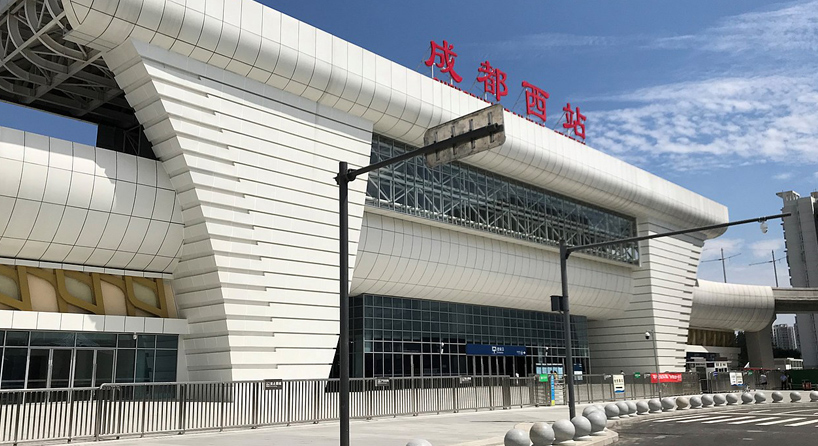
Chengdu West Railway Station
1. From Chengdu Shuangliu International Airport to Chengdu West Railway Station
For travelers arriving at Chengdu Shuangliu International Airport, reaching Chengdu West Railway Station is convenient and straightforward. The most efficient way to make this journey is by subway.
First take the Metro Line 10 at the airport, and then transfer to Line 9 at Huaxing station, until reaching the Chengdu West Railway Station after 5 stops. The total journey takes only 40 minutes, and cost about 5 RMB for each passenger.
2. From Chengdu Tianfu International Airport to Chengdu West Railway Station
With the recent opening of Chengdu Tianfu International Airport, travelers now have another gateway to the city. Situated approximately 70 kilometers from Chengdu West Railway Station, this airport offers several transportation options for passengers seeking to reach their destination.
The subway is most recommended. First take subway Line 9 at the airport, and then transfer to Line 9 at Fuhuayuan station, until reaching the railway station after another 9 stops. The journey takes about 1 hour and 22 minutes, and costs 11 RMB.
3. From Chengdu East Railway to Chengdu West Railway Station
For travelers arriving at Chengdu East Railway Station, transitioning to Chengdu West Railway Station is a straightforward process. Located approximately 20 kilometers apart, these two railway stations are well-connected by Chengdu's efficient metro system.
Passengers can opt for metro Line 2 at Chengdu East Railway Station, and then transfer to Metro Line 4 at Chengdu University of TCM & Sichuan Provincial People's Hospital Station. After another 5 stops, you can reach Chengdu West Railway Station. This journey takes about 45 minutes, and costs 5 RMB.
Quick Enquiry
Chengdu Tibet Train Tours
We offer the best Chengdu Tibet tour pakcages covering the most classic travel itineraries in Tibet with a lifetime Chengdu-Lhasa train experience. All train tour packages include a guaranteed train tickets to Tibet, so you don’t need to worry about fail to get the ticket.
-
 HOT9 Days Lhasa and Everest Base Camp Tour from Chengdu by TrainView Details
HOT9 Days Lhasa and Everest Base Camp Tour from Chengdu by TrainView DetailsTrain from Chengdu - Lhasa - Yamdro Lake - Shigatse - EBC - Kathmandu
-
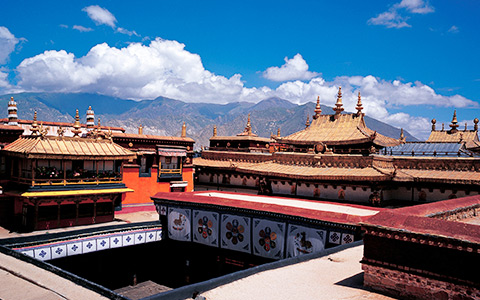 HOT11 Days Chengdu Tibet Train Tour via XiningView Details
HOT11 Days Chengdu Tibet Train Tour via XiningView DetailsChengdu - Xining - Tibet train - Lhasa - Gyangtse - Shigatse - Lhasa
-
 HOT12 Days Chengdu Panda and Tibet Train TourView Details
HOT12 Days Chengdu Panda and Tibet Train TourView DetailsChengdu - Lhasa - Namtso Lake - Shigatse - Everest Base Camp - Lhasa
-
 HOT13 Days Chengdu Tibet Train Tour from Hong KongView Details
HOT13 Days Chengdu Tibet Train Tour from Hong KongView DetailsHongkong - Chengdu - Lhasa - Namtso Lake - Yamtso Lake - Shigatse - EBC - Lhasa - Hongkong
Is there any place worth visiting before my Chengdu Lhasa Train Tour?
-

Chengdu Panda Tour (Suggested Half Day)
If you are looking for somewhere to visit for a day while waiting for your Tibet train from Chengdu, then there is no better place than the Chengdu Research Base of Giant Panda Breeding, located in the northeast of the city.
One of the best panda centers in China, this beautiful center has more than 200 pandas in residence, and is the main breeding center for pandas in China, for release into the wild to increase the panda population in Sichuan Province. The center offers plenty of information about these cuddly creatures, as well as a great day out to see them in their natural habitats.
-
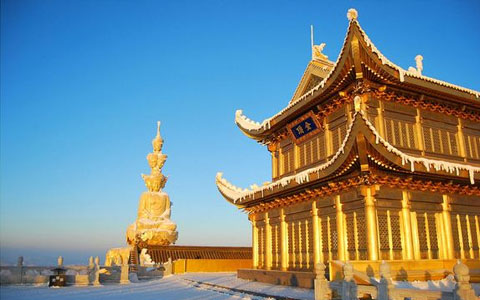
Mount Emei and Leshan Giant Buddha (Suggested 2 Days)
Another popular short trip around Chengdu is the journey to Mount Emei Scenic Area and Leshan Giant Buddha, which is the UNESCO World Heritage Site near Chengdu.
Known as the “Mountain of Brightness”, Mount Emei is one of the four sacred mountains of Chinese Buddhism in China, and has several temples surrounding it. Also, it is a good destination to enjoy the natural beauty.
Not far from Mount Emei is the Leshan Giant Buddha, the largest stone carved statue of Buddha in the world. Standing 71 meters high, the huge statue of Buddha was carved out of the very rock of the hill itself with its feet on the river bank and its head at the level of the top of the hill.
Let's Start Your Hassle-free Tibet Train Tour with Us!
From handling and delivery of your Tibet Travel Permit to sorting out the details like itineraries, hotels and booking the Tibet train tickets and flight tickets, we care deeply about your ideas and work 24/7 to ensure you a worry-free and pleasant travel.
Contact Us for Your Dream Tour Now
Your are enquiring for
Chengdu to Lhasa Train
Price from
Price upon Request
 BACK
BACK

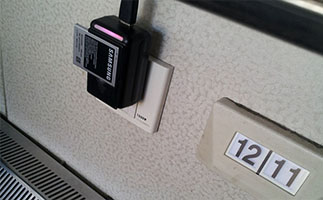
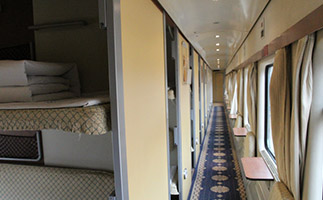
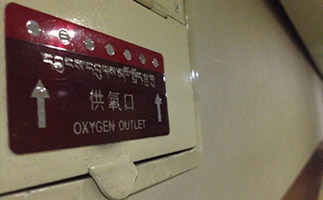
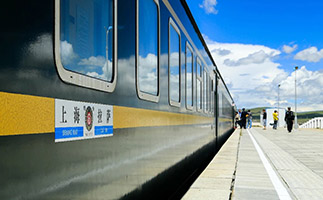

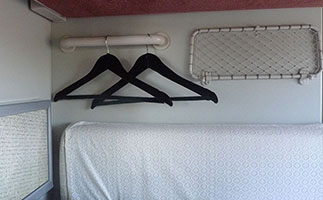
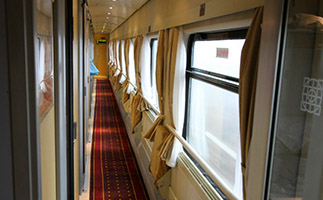

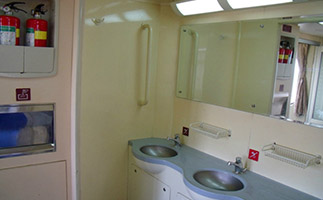

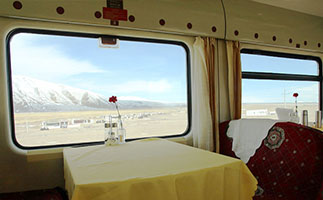
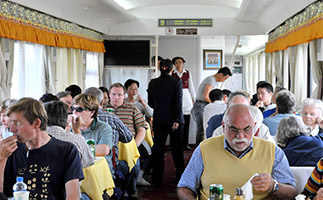
0 Comment ON "Chengdu to Lhasa Train Book"